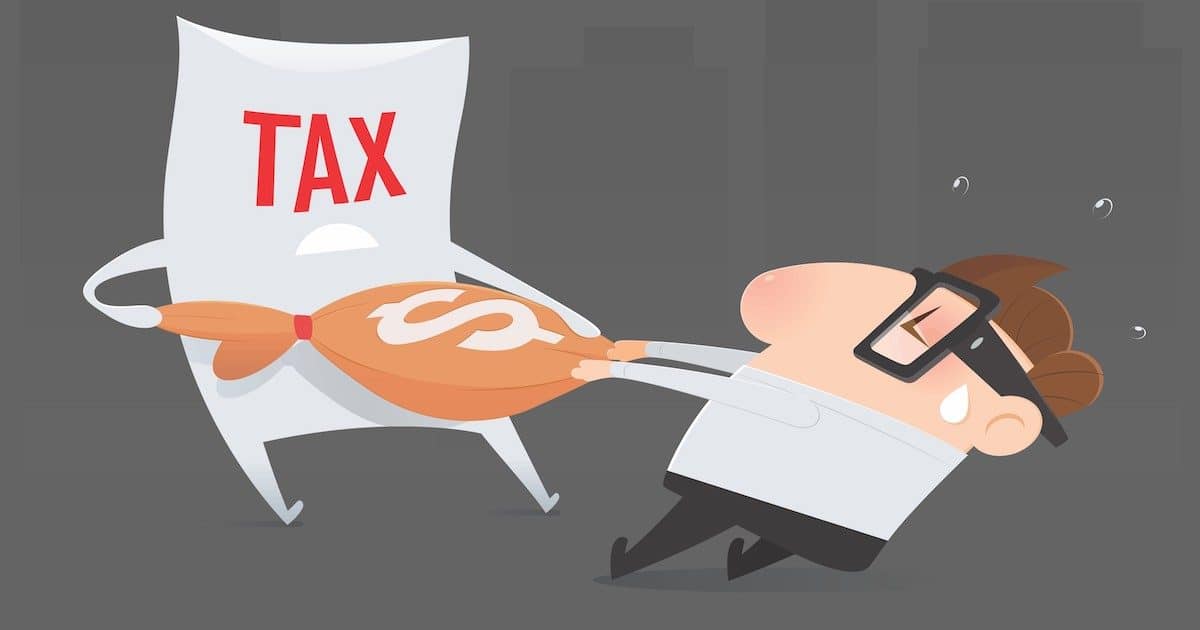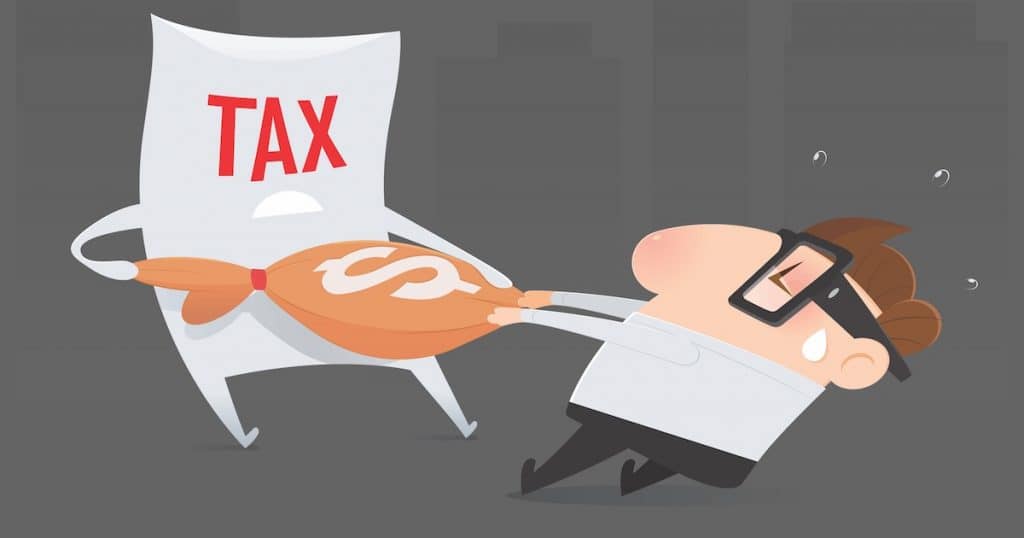

Mark Perry of the American Enterprise Institute is most famous for his Venn diagrams that expose hypocrisy and inconsistency.
But he also is famous for his charts.
And since I’m a big fan of sensible tax policy and the Laffer Curve, we’re going to share Mark’s new chart looking at the inverse relationship between the top tax rate and the share of taxes paid by the richest Americans.

Examining the chart, it quickly becomes evident that upper-income taxpayers started paying a much greater share of the tax burden after the Reagan tax cuts.
My left-leaning friends sometimes look at this data and complain that the rich are paying more of the tax burden only because they have grabbed a larger share of national income. And this means we should impose punitive tax rates.
But this argument is flawed for three reasons.
First, there is not a fixed amount of income. The success of a rich entrepreneur does not mean less income for the rest of us. Instead, it’s quite likely that all of us are better off because the entrepreneur created some product of service that we value. Indeed, data from the Census Bureau confirms that all income classes tend to rise and fall simultaneously.
Second, it’s not even accurate to say that the rich are getting richer faster than the poor are getting richer.
Third, one of the big fiscal lessons of the 1980s is that punitive tax rates on upper-income taxpayers backfire because investors, entrepreneurs, and business owners will choose to earn and report less taxable income.
For my contribution to this discussion, I want to elaborate on this final point.
When I give speeches, I sometimes discover that audiences don’t understand why rich taxpayers can easily control the amount of their taxable income.
And I greatly sympathize since I didn’t appreciate this point earlier in my career.
That’s because the vast majority of us get the lion’s share of our income from our employers. And when we get this so-called W-2 income, we don’t have much control over how much tax we pay. And we assume that this must be true for others.
But rich people are different. If you go the IRS’s Statistics of Income website and click on the latest data in Table 1.4, you’ll find that wages and salaries are only a small fraction of the income earned by wealthy taxpayers.

These high-income taxpayers may be tempting targets for Alexandria Ocasio-Cortez, Elizabeth Warren, Bernie Sanders and the other peddlers of resentment, but they’re also very elusive targets.
That’s because it’s relatively easy – and completely legal – for them to control the timing, level, and composition of business and investment income.
When tax rates are low, this type of tax planning doesn’t make much sense. But as tax rates increase, rich people have an ever-growing incentive to reduce their taxable income and that creates a bonanza for lawyers, accountants, and financial planners.
Needless to say, there are many loopholes to exploit in a 75,000-page tax code.






